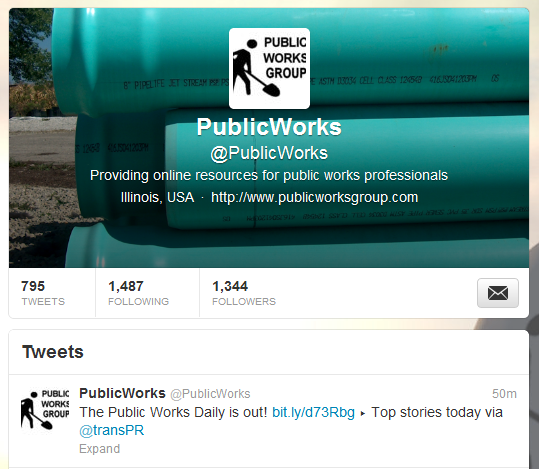People are information hounds. They always want to know what is going on, particularly with their friends and neighbors. The need to gossip can sometimes be so strong that some people will even create stories just to have something to talk about. If you work in government you have probably already experienced this aspect of basic human nature and realized that the failure to communicate information to the public can result in misunderstandings and problems with your projects.
In the past, we have communicated with the public through letters and notices placed in the paper and on the local radio or local television station. Over the last decade, communities have used their Websites to post information. But with all these forms of communication, there is a lag time between the realization of the need to send out a message and the delivery of that message. Fortunately the time has come where we can now reach out in real time and deliver those messages within minutes to a targeted group of people.
Although there are several tools with which this real-time messaging can be accomplished, I am going to focus on the use of microblogging and in particular Twitter. Twitter is a microblogging service that allows you to post messages of 140 characters or less. People who “follow” you receive those messages as soon as you post them. Although many use this service for personal reasons, there are plenty of uses for businesses and government.
One simple example of how we have started experimenting with the use of Twitter has been related to our construction projects. We have a small project involving the installation of sanitary sewer and road reconstruction that has impacted about 80 homes. Because we knew this project would be intrusive and cause a major inconvenience, we wanted to make sure residents were kept informed immediately about any issues arising on the project such as access, school bus pickup/dropoff, mail and paper delivery, and garbage pickup. We chose to create a Twitter user name that reflected the project name: Golfview2008. Then we delivered a letter to each home telling them about the service and inviting them to follow us. We also explained that if they created a user name, we would follow them and then they could leave us messages about failed garbage pickup or mail deliveries or anything else we might need to know about.
Although the project is small and this is our first time trying out this method of communication, so far it seems to be working well. We have about 10 followers – some from the project site, one from the local paper, and some interested in how we are using the feed. I know from past projects that the number of calls we have received related to this project are not even close to what we normally get. Is that because of the Twitter feed? I don’t know for sure, but I do know that each person impacted has the ability on this project to know each day what is going on, what progress has been made, and what specific issues have come up that might impact them.
Will I do this again? You bet. It has been free, easy, and gives us a place to direct people who might want to know more about the project. If you are in government and have used Twitter for work-related reasons, I am interested in hearing your experiences and brainstorming over other uses.
And for those who are new to microblogging and who are interested in learning more about Twitter and how it can help, there is a great resource: A Geeks Guide to Promoting Yourself and Your Online Business in 140 Characters or Less with Twitter.



